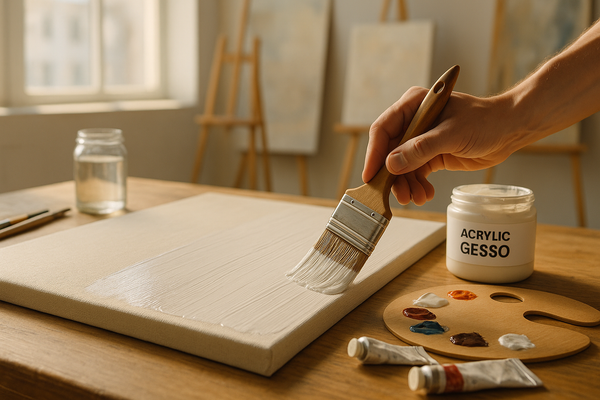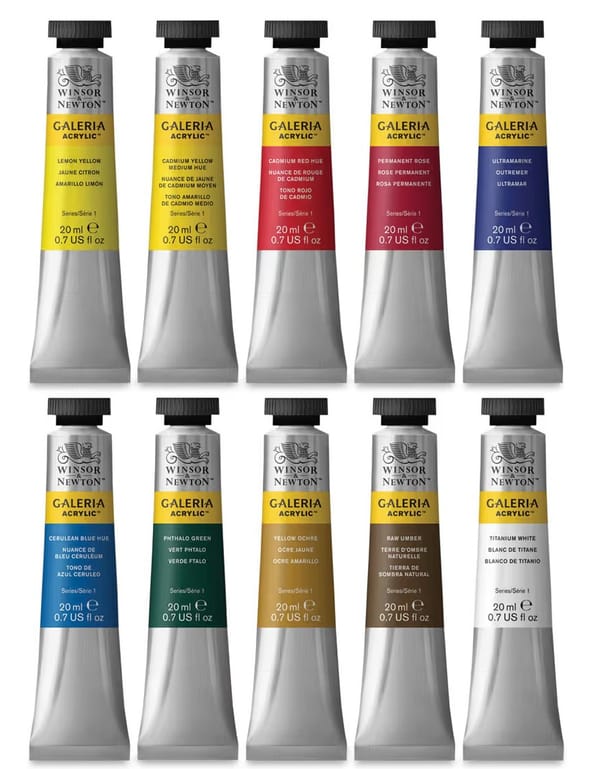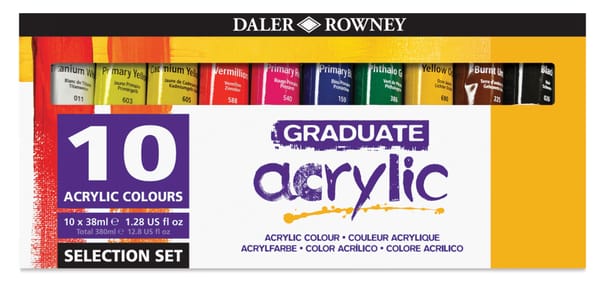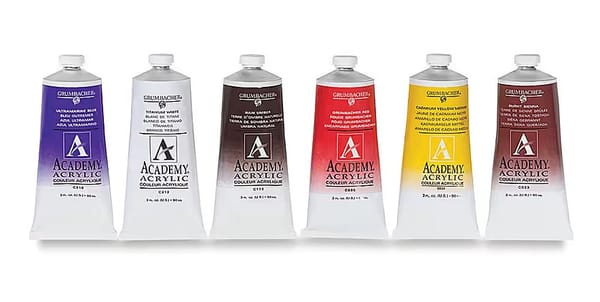Cotton vs. Linen Canvas: Which Should You Choose?
Confused between cotton and linen canvas? Compare their texture, durability, and cost to decide which surface suits your painting needs best.
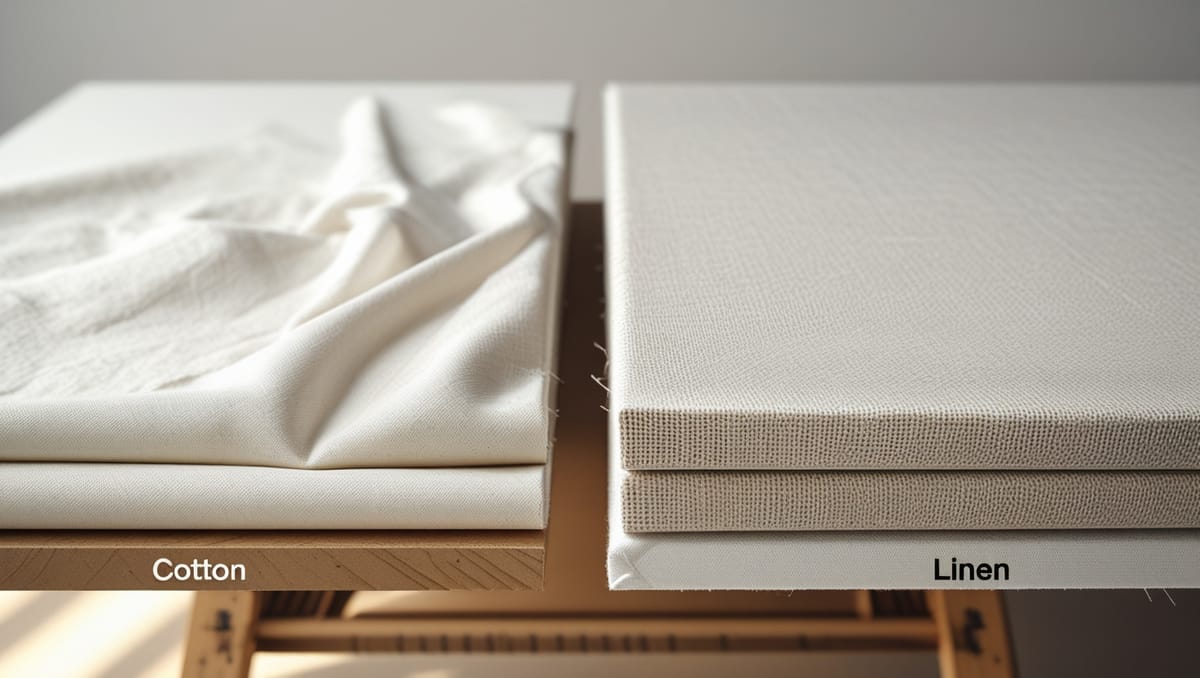
When you walk into an art store, you’ll often see two main types of canvas: cotton and linen. At first, they may look the same. After all, they both come in rectangular frames or pads, and they both serve as surfaces for your artwork. But once you go a bit deeper, you’ll notice many differences in texture, durability, and overall feel.
A Quick Look at Cotton Canvas
Cotton canvas is widely used by both beginner and experienced artists. Its popularity stems from several things: it’s affordable, easy to find, and more straightforward to work with if you’re starting. When you buy cotton canvas, you’re usually looking at a surface that has a uniform weave. This means the threads of cotton are woven in a consistent pattern, giving you a surface that’s smooth and predictable.
A lot of folks love cotton because it tends to be cheaper. If you’re on a tight budget or if you like to experiment with big canvases without breaking the bank, cotton is an excellent option. It’s also relatively lightweight, so if you need to carry it around or ship it, you’ll find it less of a hassle.
However, cotton does have some downsides. If it isn't treated well, cotton may be more prone to stretching or sagging over time. For example, if you leave your cotton canvas in a humid place, it might loosen. Also, while cotton can last for a decent amount of time, it might not have the longevity that linen provides. Still, for most people, especially those who are new to painting or creating art casually, cotton meets their needs quite well.
A Quick Look at Linen Canvas
Linen canvas is often considered a premium surface. It’s crafted from flax fibres, which are more rigid and more durable than cotton fibres. Because of this, linen usually lasts a lot longer. You might come across paintings made on linen that have stood the test of time, even decades or centuries later.
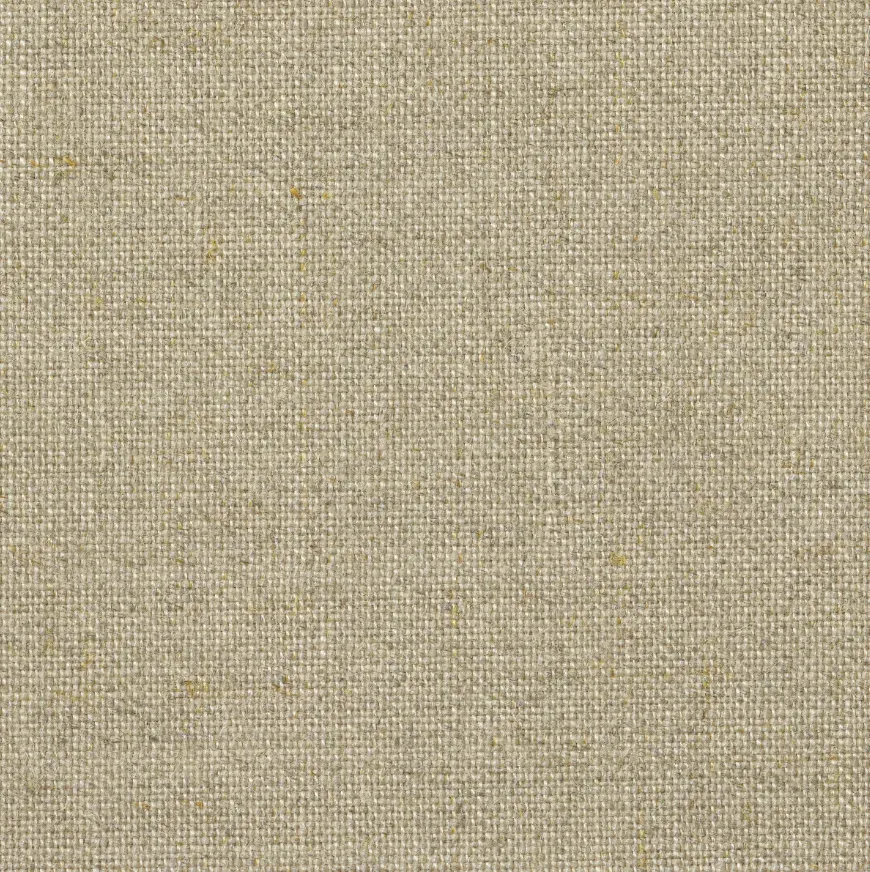
People who paint with oil or acrylics often adore linen for its texture. The weave can be more varied than cotton, which gives your artwork an extra sense of character. Linen also holds paint in a way that many describe as smoother or more satisfying, though opinions can vary. Some artists love how the natural colour of linen peeks through, especially if they like a warmer, more textured background.
One thing to keep in mind is that linen is typically more expensive. If you only paint occasionally or have a limited budget, think twice about investing in linen canvases, particularly significantly larger ones. But if you’re aiming for museum-quality pieces or simply love the feel of linen, that extra cost can be worth it. Linen tends to keep its tension better over time, so you won’t have to worry about constant re-stretching or sagging.
Cotton vs. Linen: Side-by-Side Comparison
Here’s a quick table to help you compare some of the main differences.
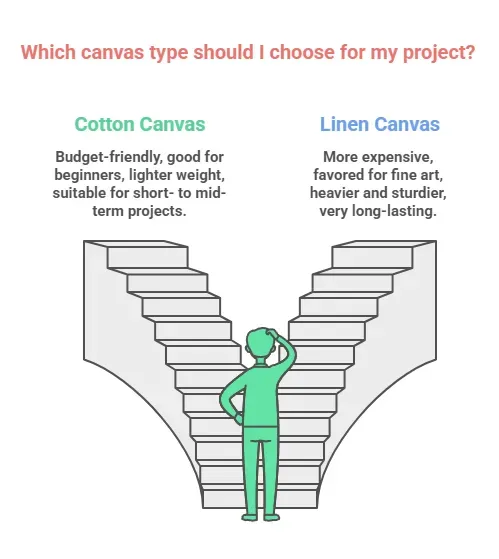
| Aspect | Cotton Canvas | Linen Canvas |
|---|---|---|
| Price | Budget-friendly | More expensive |
| Durability | Suitable for short- to mid-term | Very long-lasting |
| Texture | Smoother and more uniform weave | Varied weave with a natural feel |
| Weight | Often lighter | Heavier and sturdier |
| Painting Style | Great for beginners | Favored for fine art and professional work |
How the Weave Affects Your Painting?
One key thing that sets cotton and linen apart is the weave. Cotton has a tighter, more consistent weave. This can make your brushstrokes more predictable, which is helpful when you’re practising techniques or trying to master new methods. Linen, on the other hand, has a bit more natural variation. Some artists like that because the texture itself can add depth to the piece.
You’ll also find different weave weights within cotton and linen. Some are very fine, perfect for delicate details, while others are coarse and robust, allowing heavier paint application. If you like layering or if you paint with oils that have a thicker consistency, a heavy weave might be just what you need. If you prefer fine lines and small details, you might prefer a smoother surface.
Priming Considerations
Both cotton and linen need to be primed before you paint on them. Priming usually involves a few layers of gesso. This coating stops the paint from seeping into the fibres and helps your artwork stand the test of time. You can buy pre-primed canvases, which is convenient if you want to start painting right away.
Cotton Canvas Priming
Cotton soaks up primer reasonably quickly. It often requires an extra layer or two of gesso. After priming, cotton takes on a smoother surface, which can be great for acrylics and oils alike.
Linen Canvas Priming
Linen absorbs primer differently. Some artists like to leave a small section of raw linen visible around the edges, giving their work an organic feel. Others prime the entire surface. If you use a translucent primer, the natural colour of linen can also peek through.
Longevity and Archival Quality
If you’re thinking about how long your painting will last, both cotton and linen can hold up for a decent amount of time with proper care. However, linen has a reputation for staying in top shape longer. That’s one reason many museums have so many historical artworks painted on linen. The fibres are strong, and the canvas is less likely to warp or degrade.
Of course, cotton can still have a good lifespan. If you prep it well, store it correctly, and don’t let it get too damp, it can look great for years. But if you want to pass down your artwork through generations, linen might be more comforting. Still, plenty of artists have used cotton for professional pieces that have aged nicely.
Cost Considerations
Cost is a significant factor when deciding between cotton and linen. Cotton is often the choice of people who are just starting, testing new styles, or working on large-scale projects that might require many canvases.
Linen tends to cost more because the flax fibres are more complex to produce and process. But if you’re selling your art or you simply prefer the feel and appearance of linen, you might see the higher price tag as a worthwhile investment. Keep in mind, though, that there are different grades of linen. Some are more expensive than others. You could shop around or look for sales to find a deal.
Ready to start your journey with Linen Canvas? Visit Blick Art Materials today!
Suitability for Different Paints
Both cotton and linen can handle oil and acrylic paints well, but they interact with these media in subtle ways.
Oil Paint
Oil painters often prefer linen because it has historically been used for oils. Linen can better handle heavy layers and glazes, and many love the traditional feel. Still, cotton isn’t a bad choice for oils if you properly prime it.
Acrylic Paint
Acrylic painters might choose either cotton or linen. Once dry, acrylics dry faster and are more flexible, allowing them to adapt to either surface. The choice often comes down to cost, texture preference, or how serious you are about archival quality.
Choosing the Right Canvas for You
When it’s time to decide, ask yourself a few questions:
- What’s Your Budget? If you’re on a tight budget, cotton is often the most brilliant pick. You can get quality cotton canvases without spending too much.
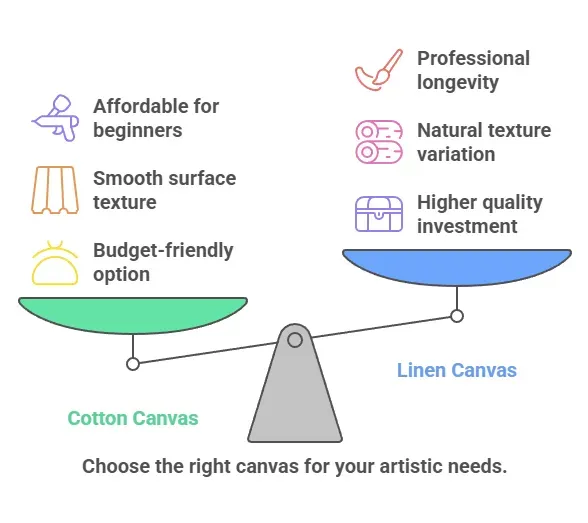
- How Important Is Texture? If you love a uniform, smooth surface, cotton might make you happy. If you crave a bit of natural variation, linen can provide that.
- Will You Sell or Keep Your Artwork Long-Term? If you’re aiming for professional pieces or longevity matters a lot to you, linen might be a wise investment.
- What Kind of Paints Do You Use? Both surfaces can work for acrylics and oils, but many seasoned oil painters prefer linen.
By considering these factors, you’ll be more confident in choosing the canvas type that best suits your goals.
Practical Tips for Working with Each Canvas
Cotton Canvas Tips
- Stretching and Tightening: Cotton can loosen over time, so keep an eye on the tension. If you notice sagging, you can gently spray the back with water or use canvas pliers to re-stretch it if it’s not already stapled to a frame.
- Extra Layers of Gesso: To create a more durable surface, apply one or two extra coats of gesso before you start painting. This will help reduce the chance of the paint seeping in.
- Experiment Freely: Because cotton is affordable, don’t be afraid to make mistakes or try out new techniques. It is excellent for learning and growing as an artist.
Linen Canvas Tips
- Use a Quality Primer: Linen can react differently to primer than cotton. A good primer creates a smooth surface that still lets some of the linen’s texture show through.
- Handle with Care: Linen is strong, but treat it gently, especially during stretching. Natural fibres can be sensitive to rough handling.
- Think Long-Term: If you’re creating a piece you want to last, linen gives you peace of mind. To maintain its shape and strength, please keep it in a cool, dry spot.
Common Misconceptions
- “Cotton Is Only for Beginners.” While cotton is beginner-friendly, many artists—both new and veteran—use it. Quality cotton canvases can still deliver excellent results if primed and cared for properly.
- “Linen Automatically Makes Your Artwork Better.” Linen won’t turn a mediocre painting into a masterpiece. It’s more about how you use it. Yes, linen can elevate your painting experience, but your skills and creativity matter the most.
Storage and Care
Regardless of whether you pick cotton or linen, you’ll want to take care of your finished pieces. Proper storage can help keep your artwork in shape:
- Store Upright: If possible, keep your canvases upright. Laying them flat can cause indentations or dust to collect.
- Control Humidity: Excess moisture can cause the canvas to warp or loosen. A moderate environment helps your work stay intact.
- Protect from Direct Sunlight: Over time, intense light can fade certain pigments. Keep paintings in a space that isn’t blasted by direct sun all day.
Where to buy?
If you’ve never visited Blick Art Materials, you might be pleasantly surprised by their linen canvas selection. The store caters to many types of painters, from hobbyists to pros. With just a few clicks, you’ll find multiple brands, sizes, and textures of linen canvases.
That variety helps you pinpoint a canvas that matches your painting style, whether you work in oils, acrylics, or both. You can compare different products by reading descriptions and reviews.
Final Thoughts
Deciding between cotton and linen canvas is a personal choice that depends on your personal choice. Cotton is typically the more budget-friendly and accessible option. It is perfect for practice and casual art projects.
Linen has a natural, strong weave that offers a timeless feel and better long-term durability. When you’re ready to choose, consider factors like price, texture, longevity, and your painting medium. Whether you choose cotton or linen, what really matters is the art you create on it. If you keep your canvas in good shape, explore new techniques, and paint from your heart, you’ll make the right choice every time.
Give both surfaces a try if you can. Each has a special place in your art journey. There’s no one-size-fits-all answer, but now you have enough info to make a solid choice. Enjoy the process, have fun experimenting, and keep painting!

